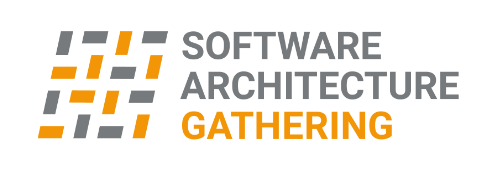Shifting Culture to Accommodate a Ubiquitous Language
by Kenny (Baas) Schwegler, Avraham Poupko
Designing or discovering a bounded context, means designing and agreeing on a ubiquitous language (Where by “Language” we mean “vocabulary” for the most part). Since language can be and often is a “symbol” of a culture, this implies that we might need to shift a culture that is consistent with the language. But as your time in an organisation goes on, you become part of that organisation’s culture, you use and understand the language of the organisation’s domain, and start thinking in the models the organisation uses. Not doing so makes it very hard to actually get any work done. Culture is there to give meaning and context to the chaos of everyday life. But culture also has the tendency to coagulate, to create conformity, and that causes language and models to become semi fixed, and with a lot of ambiguity as a result. That ambiguity and conformity to culture might stand in the way of finding new and more useful models to solve our evolving business problems. So we might need to adapt our culture to the ubiquitous language we are designing or discovering. How to do so?
Join us in this 3 hour hands-on workshop where we will introduce you to several techniques and practices that can help you in your context to shift the culture to match the need for how you do software design. To set the expectation – “culture” is a set of values, beliefs, rituals, stories, traditions, behaviours, taboos and much more. In this context, we will limit the discussion to a set of behaviours (and taboos?). We will introduce you to a sample domain model supported by a specific organisational culture, and working from that introduction we will discover how we can spot cultural patterns and symbols. Patterns and symbols that have meaning in the culture are important for us to enable us to shift a culture. Each of these symbols in the culture and model we will evaluate if they are helping us or not. Following that, we will let you do some exercises to see how we can actually change these symbols if we need to so that we can leave behind our old models and language, and acquire deeper understanding and more useful models.
